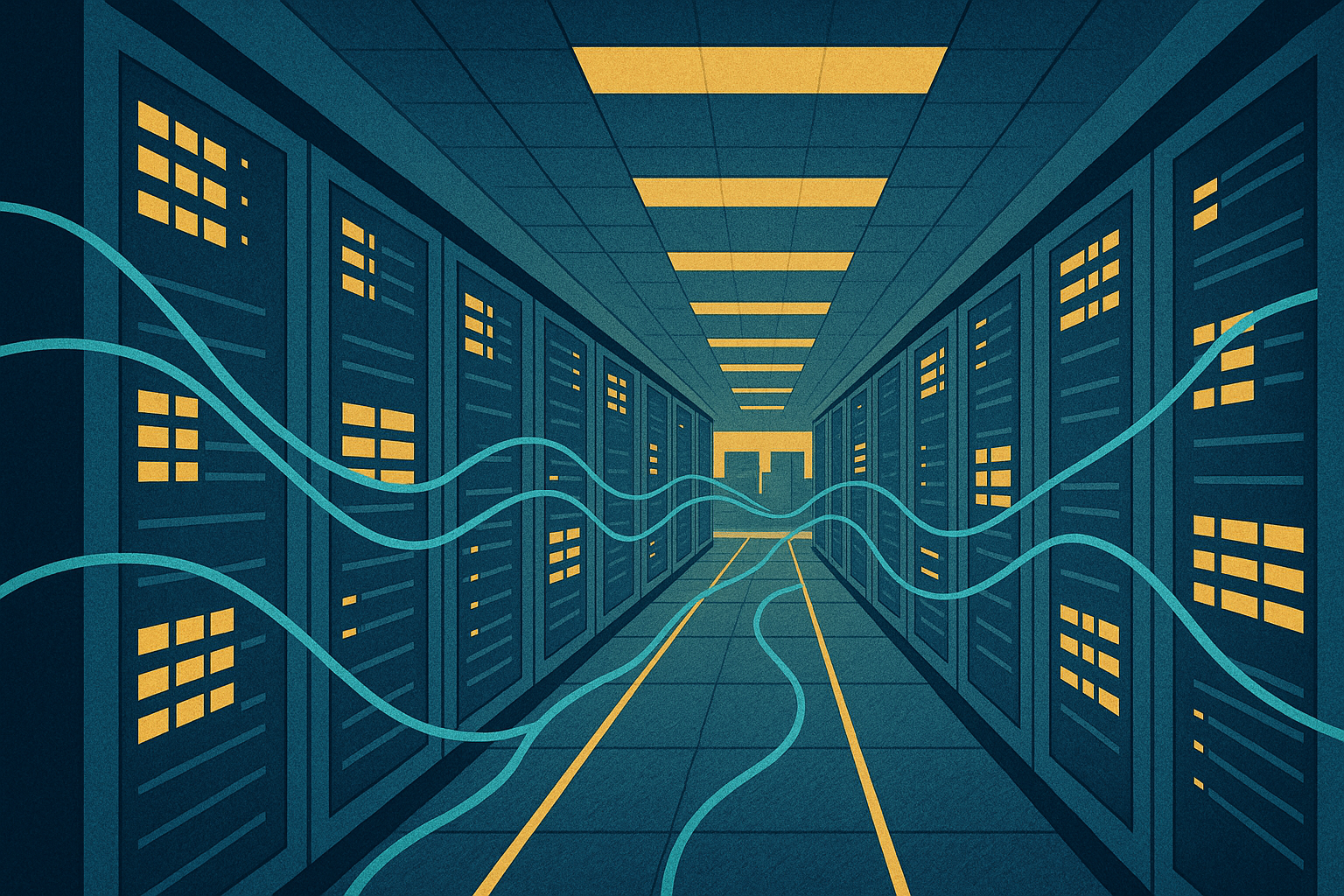Oracle’s latest results have drawn unusual attention. The company’s remaining performance obligations — a measure of contracted future revenue — climbed to $455 billion in its first fiscal quarter, a 359 percent increase on the year. Shares rose 27 percent in after-hours trading, as investors digested the size of the order book and the speed of its growth.
Chief executive Safra Catz described the quarter as “astonishing,” adding that “demand for Oracle Cloud Infrastructure continues to build.” The company expects to generate $18 billion in OCI revenue this fiscal year and has forecast $144 billion within four to five years. Four multibillion-dollar contracts signed in the quarter were central to the surge.
Behind the headlines lies a wider story about why cloud orders are booming at this scale. Much of the demand is being driven by artificial intelligence. Generative AI has transformed cloud infrastructure into strategic territory, with companies racing to secure compute power before shortages emerge. Synergy Research estimates that spending on GenAI-specific cloud services grew by more than 150 percent year-on-year in the second quarter of 2025, far outpacing the wider market.
Oracle has positioned itself as a critical supplier in this shift. Its $30 billion-per-year agreement with OpenAI, known as Stargate, underpins vast requirements for data centre capacity and power-hungry workloads. Similar contracts with Meta, Nvidia and AMD reflect the growing convergence of chip design, AI model development and infrastructure scale. For Oracle, these partnerships are reshaping its profile from enterprise software stalwart to AI-first infrastructure provider.
Beyond AI: enterprise strategy and infrastructure race —
Enterprise behaviour also explains part of the surge. Businesses are no longer viewing the cloud as optional but as essential for digital transformation. With workloads becoming more complex, companies want scale, resilience and global reach — attributes that only hyperscale infrastructure can provide. Gartner projects global public cloud spending will reach $723 billion in 2025, a 21 percent increase. That growth is mirrored in Oracle’s pipeline, where long-term visibility is now locked in through multi-year agreements.
Flexibility has become another driver. Organisations are increasingly adopting multicloud strategies, spreading workloads across AWS, Azure, Google Cloud and Oracle to avoid reliance on a single provider. Oracle has benefited from this shift by positioning itself as a complementary partner rather than a replacement. In the past year, revenue from joint arrangements with the major hyperscalers has grown by more than 1,500 percent, underscoring how rapidly demand for multi-provider architectures is scaling.
Physical infrastructure remains at the heart of the story. Chairman Larry Ellison has pledged to build more data centres than all competitors combined, reflecting an arms race in capacity. Oracle is investing billions in facilities across Europe and North America to meet contractual obligations, including a $3 billion programme in Germany and the Netherlands announced earlier this year. These expansions are designed not only to absorb AI demand but also to meet rising regulatory requirements around data sovereignty and localisation.
The momentum does not come without risks. Delivering against half a trillion dollars of contracts requires enormous capital outlay, with semiconductor supply and construction timelines presenting ongoing challenges. Investors have so far looked past Oracle’s modest earnings miss in the quarter, focusing instead on the pipeline’s scale. But execution capacity will remain under scrutiny, especially as rivals expand their own AI-ready footprints.
What stands out is how cloud has shifted from being a convenient hosting solution to becoming the backbone of corporate strategy. For enterprises, securing AI-enabled infrastructure is now viewed in the same way as securing energy supplies or logistics networks: critical, non-negotiable and central to competitiveness. Oracle’s backlog illustrates that shift vividly. It is not just the numbers that are eye-catching but the strategic realignment they reflect — cloud as foundational infrastructure for the digital economy.



You must be logged in to post a comment.